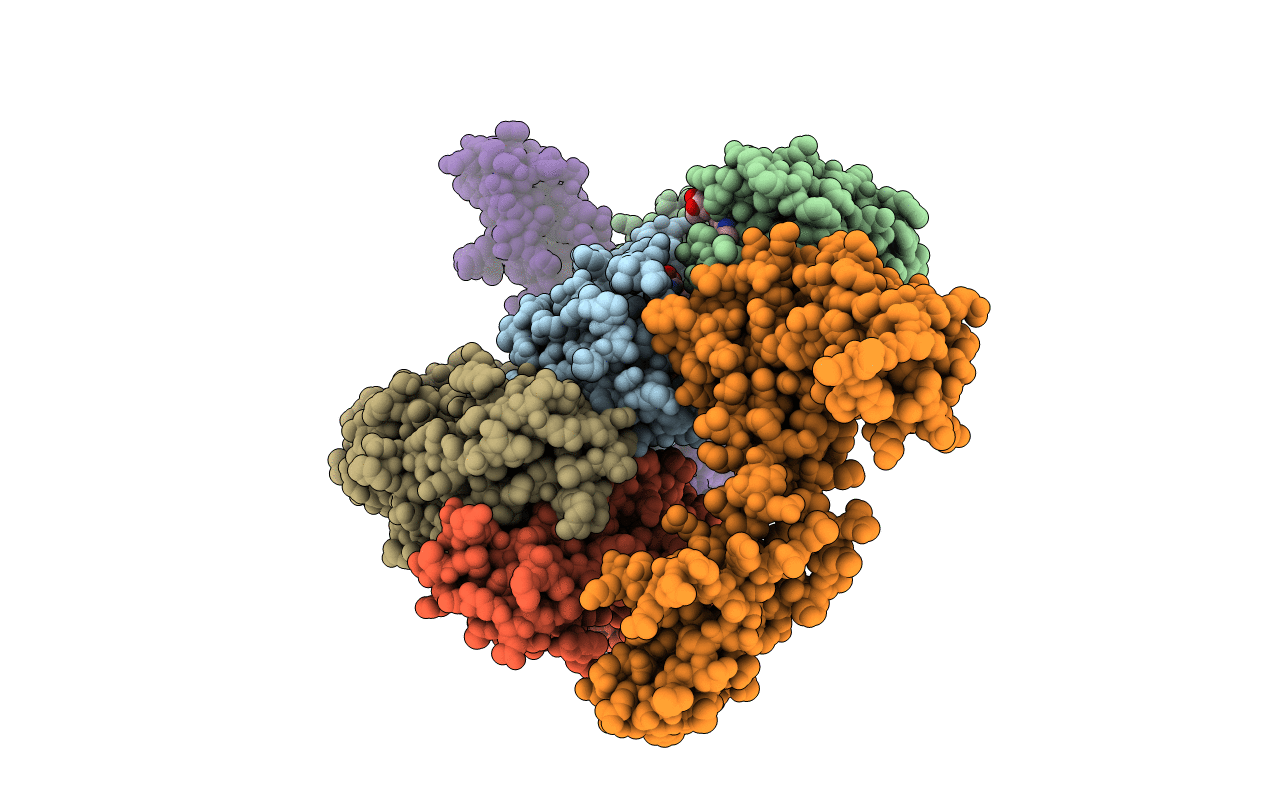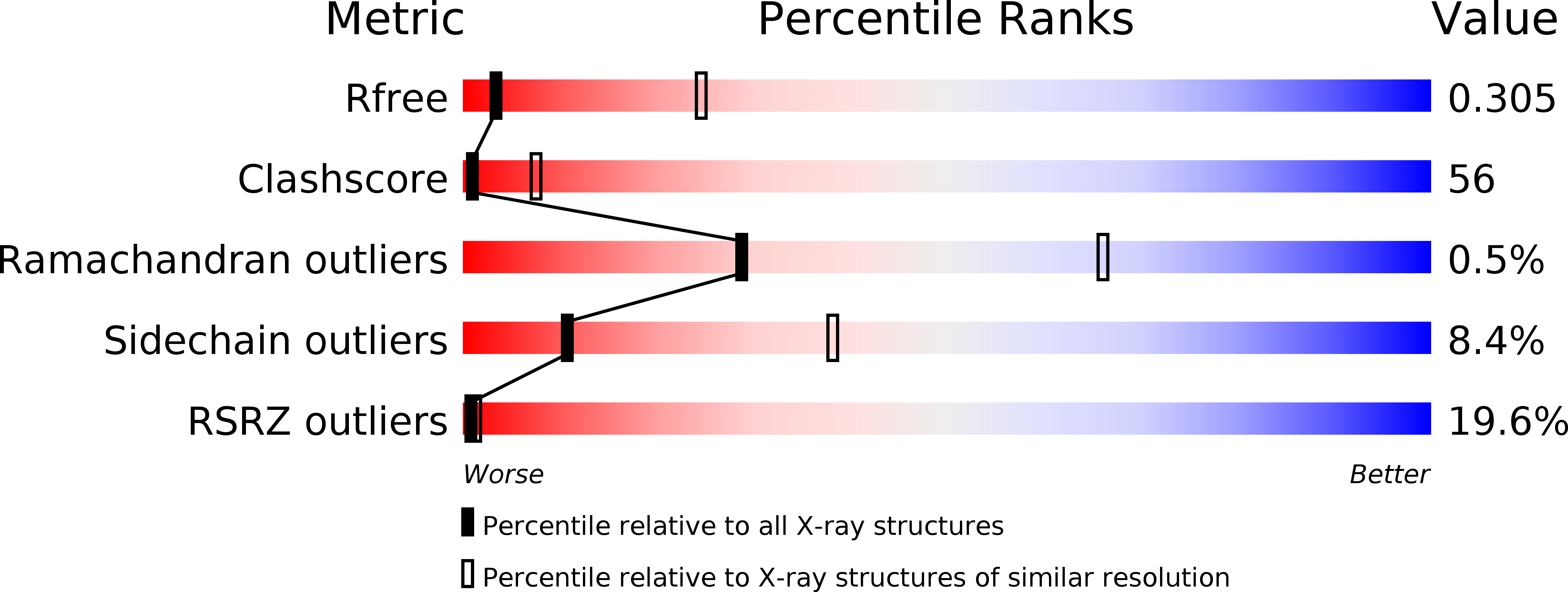
Deposition Date
2014-12-03
Release Date
2015-04-08
Last Version Date
2024-10-23
Entry Detail
PDB ID:
4X4M
Keywords:
Title:
Structure of FcgammaRI in complex with Fc reveals the importance of glycan recognition for high affinity IgG binding
Biological Source:
Source Organism:
Homo sapiens (Taxon ID: 9606)
Host Organism:
Method Details:
Experimental Method:
Resolution:
3.49 Å
R-Value Free:
0.29
R-Value Work:
0.24
R-Value Observed:
0.24
Space Group:
P 1


